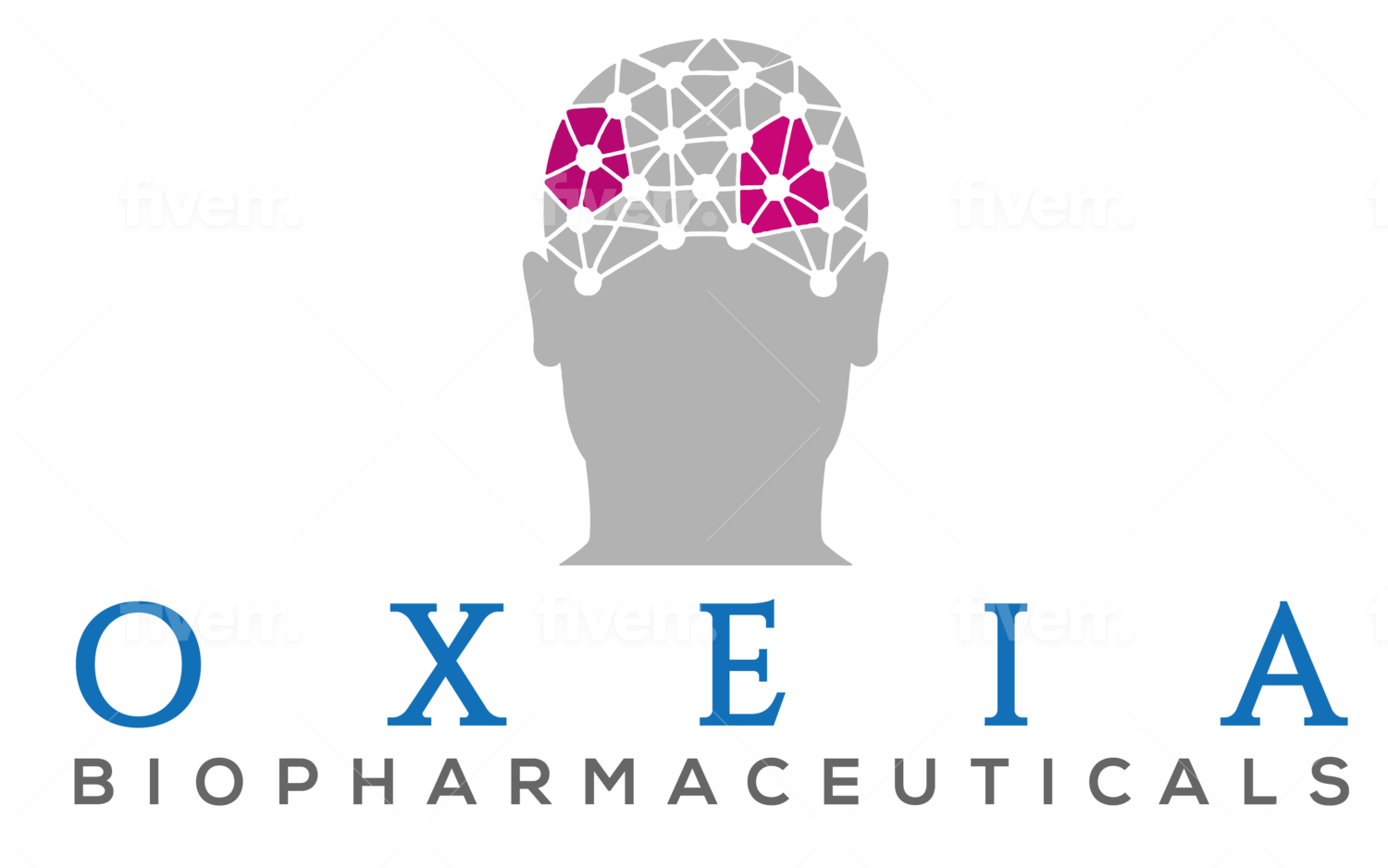Protecting our Youth Athletes from Concussion is a Top Priority
The month of April is a lot of things to a lot of people. We can celebrate Military Child Month, Stress Awareness Month, Garden Month and even Financial Literacy Month. But here at Oxeia, we take special note that April is National Youth Sports Safety Month.
1.35 million kids are seen in emergency rooms every year for sports related injuries, says Safe Kids Worldwide. According to their report that studied the 14 most popular sports, concussions account for 163,000 of those ER visits, or 12 percent. That’s a concussion-related ER visit every three minutes. Clearly, not enough is being currently done to raise awareness about the dangers of sports-related concussions can do to the brains of our young athletes.
Most of us are unlikely to attend an educational forum or seminar on young athletes and concussions to mark Youth Sports Safety Month. That’s okay. Instead, parents should take the time to educate themselves about concussions. Understand what a concussion is, the symptoms to look for, when to get medical care, when to return to normal activity and more. Think about middle and high school students that you may know… or may even be raising. They are likely not yet able to make informed decisions about the risks they are taking on the playing field, making it all the more important that parents make informed decisions for their children, as well as have the ability to spot concussion symptoms on and off the playing field.
Here are some things to keep in mind for your young athlete:
• Although the numbers and percentages of concussions from boys’ American high school football vary among studies, they agree that football is the leading cause of concussions. For girls, the leading cause of concussions in high school sports is soccer.[1]
• A recent Centers for Disease (CDC) study reports that youth tackle football athletes ages 6 to 14 sustained 15 times more head impacts when compared to flag football athletes during a practice or game. They sustained 23 times more high-magnitude head impact.
• Another CDC study found that youth tackle and flag football athletes sustained two times more head impacts during a game than during a practice.
• Go to the CDC Heads Up website to learn more about how parents can lower your child’s chances of sustaining a concussion, how to spot a concussion, what to do if you suspect your child has a concussion and more.
Physical activity and team sports offer important physical fitness and social and emotional skills. While whether or not your child plays a sport is an individual decision, measures to reduce the number of sports-related concussions in our youth should be a top priority.
